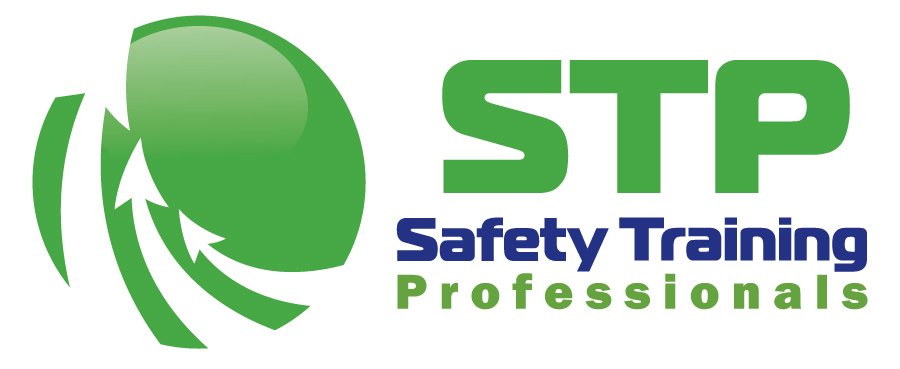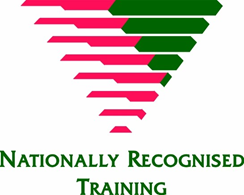- CPR
CPR Training - $70

Check if you are eligible for this funding by visiting the CTF Eligibility Criteria.
To make a claim, pay your invoice in full and lodge through the claims portal CTF Making a Claim.
CTF Funding Information
THIS COURSE INCLUDES THE FOLLOWING NATIONALLY RECOGNISED UNITS OF COMPETENCY:
HLTAID009 Provide Cardiopulmonary Resuscitation
WHO SHOULD ATTEND?
This unit describes the skills and knowledge required to perform cardiopulmonary resuscitation (CPR) in line with the Australian Resuscitation Council (ARC) guidelines. This Course is for all persons who may be required to provide CPR, in a range of situations, including community and workplace settings.
STUDENT REQUIREMENTS
Students must have the language, literacy, numeracy (LLN) and physical capabilities to meet the performance criteria of this unit. (For further information or if you have any concerns regarding LLN and/or physical capabilities please contact the office)
Participants must have the ability to read and write English and be able to perform practical and theoretical assessment as required.
Students must wear standard work wear, enclosed safety shoes, long shirt and pants.
COURSE DETAILS
Duration: 3 Hours
Delivery Mode: Face to face
Where: Unit 2, 84 Solomon Road, Jandakot WA 6164.
Amenities: Tea, coffee and biscuits are provided. Kitchen facilities are available for those who wish to bring their own lunch. A lunch bar is 100m away.
Group bookings are available at your site or ours. Please contact our office on 08 94178888 or email admin@stp.net.au for pricing and site requirements. Up to 12 participants per group.
This unit describes the skills and knowledge required to perform cardiopulmonary resuscitation (CPR) in line with the Australian Resuscitation Council (ARC) guidelines.
PRE-REQUISITES
There are no pre-requisite units for this course.
UPON COMPLETION
Upon successful completion of this course, each participant will receive a nationally recognised Statement of Attainment and wallet sized card for:
HLTAID009 Provide Cardiopulmonary Resuscitation
COURSE DETAILS
Induction and enrolment
Guildines and Procedures
relevant ARC guidelines to managing the unconscious breathing and non-breathing casualty and provision of CPR
potential incident hazards and risk minimisation processes when providing first aid
infection control procedures, including use of standard precautions and resuscitation barrier devices
requirements for currency of skill and knowledge
first aid codes of practice
appropriate workplace or site procedures relevant to the provision of first aid
Legal aspects
duty of care requirements
own skills and limitations
consent and how it relates to the conscious and unconscious casualty
privacy and confidentiality requirements
awareness of potential need for stress management techniques and available support for rescuers
considerations when providing CPR, including:
upper airway and effect of positional change
appropriate duration and cessation of CPR
appropriate use of an AED
safety and maintenance procedures for an AED
chain of survival
how to access emergency services
techniques for providing CPR to adults, children and infants including:
how to recognise that a casualty is unconscious and not breathing normally
rate, ratio and depth of compressions and ventilations
correct hand positioning for compressions
basic anatomy, physiology and the differences between adults, children and infants relating to CPR.
Assessment must ensure access to:
adult and infant resuscitation manikins following ARC guidelines for the purpose of assessment of CPR procedures
AED training devices
personal protective equipment (PPE)


